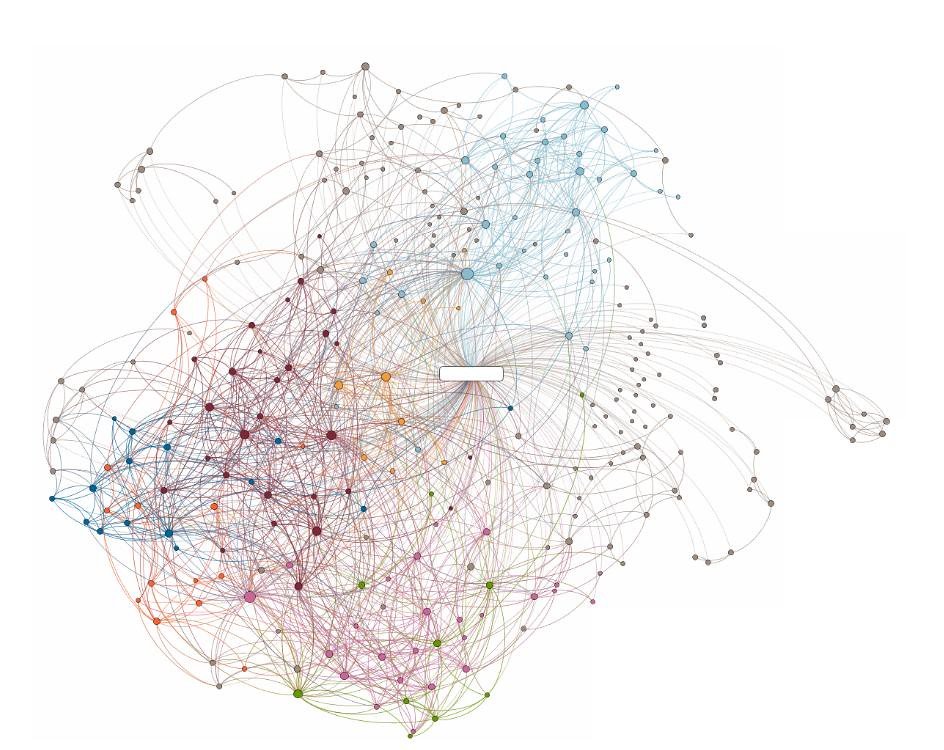The future of virtual conferencing: Finding your peeps
Photo by Mikhail Nilov
Networking is key - but how to find your people?
One of the best parts of attending a conference is the networking. Finding old friends and making new ones contributes to a feeling of belonging in a community, and just as importantly, relationships can spark new ideas and professional collaborations.
In-person conferences are full of hallway conversations, coffee breaks, poster sessions, exhibit halls, and entertainment events where you get to mill around, talk with people, and share ideas. But sometimes it can be hard to find the right people—either those you know well or those you’re trying to meet—especially at large conferences. Sometimes the person you want to meet is in an entirely different hotel or area of the conference center. Nowadays, conference apps allow you text people or even set up a time to meet with them, but wouldn’t it be nice to know if they’re in the same giant room with you already?
Social Network Analysis + A.I. can help
In the future, virtual conferencing tools can help solve this problem in pretty elegant ways, by combining the power of Social Network Analysis with the speed of Artificial Intelligence.
What is Social Network Analysis?
Generally speaking, social network analysis tries to understand how people are related to one another, and then use those relationship patterns to learn something about either the community (or sub-communities) or the individuals within it. (Social network image by Brewbooks.)
A system that finds your people
Imagine that the conferencing system knows something about you (like your professional interests) and knows who you know (people whom you have either “strong” or “weak” ties with). Maybe it gets this information by asking you questions at registration, or maybe, with your permission, it fetches data from LinkedIn.
Whatever the source, the system builds a social network and uses the structure to help you find your people. For example, when you’re choosing sessions to add to your calendar, the system could make suggestions based on who else that you know is attending, maybe even communicating professional interests along the way: “You might find Session X useful as several people in your network are attending (click here for a list), all of whom study teachers’ career development.” During the conference networking events, the system could highlight people you know using color to indicate how you know them:
A Red star around a person’s image might mean you have “strong ties” (lots of common people and interests).
Orange might mean you have only weak ties (a few people or interests in common).
Blue could indicate that a person is separated from you by “two degrees” (that is, they’re a friend of a friend).
When you hover over someone’s image, the system could reveal the people you know in common, as well as shared professional interests. Wouldn’t it be an easy conversation-starter to sidle up next to a stranger and say, “Hi there! I think we both know June Carter. She works in my department. How do you know her?”
This is all a fiction, for now. But the Clean Conferencing Institute is bringing together professionals like conference platform developers, A.I. researchers, and Social Network analysts to breathe life into ideas like these. We work to ensure that tools using social networks and A.I will be the future of virtual conferencing.
Josh Gutwill and Sue Allen are the Co-Directors of the Clean Conferencing Institute. At the Institute, we’re working to radically improve virtual conferencing. If you’d like to support us, please consider clicking on the Donate button at the top of the page.


